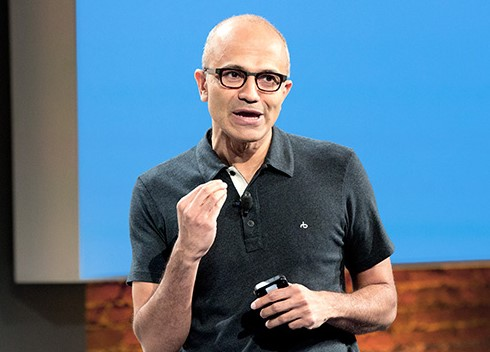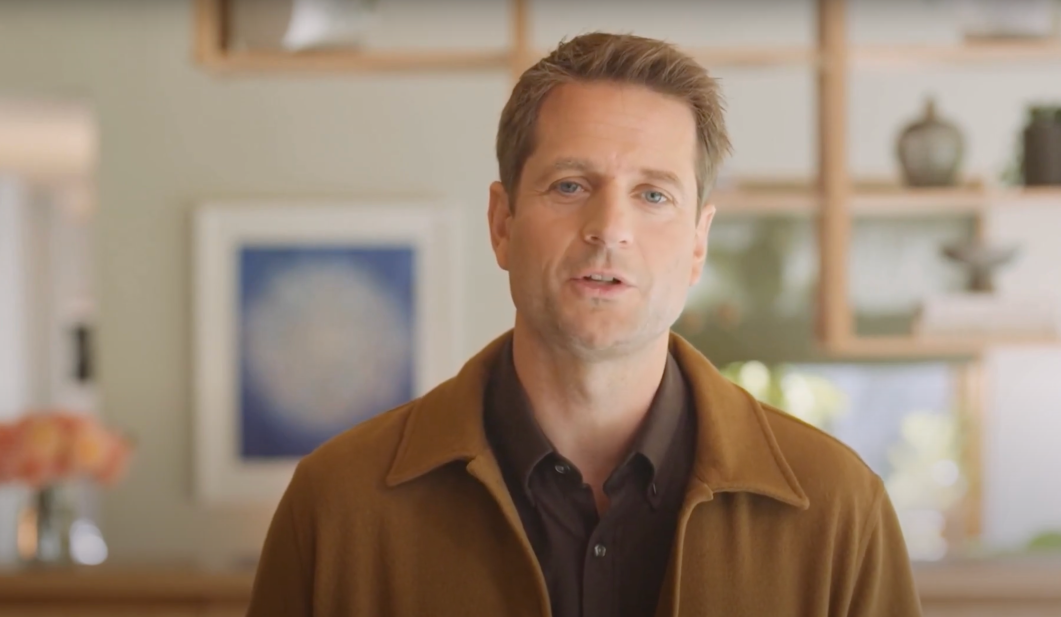Media Training for Executives: 6 Practical Tips for Success

The road from the C-suite is littered with the CVs of CEOs who blew it big-time during a media interview.
In 2022, John Riccitiello made headlines for the wrong reasons when he called game developers “some of the biggest f****** idiots” during an interview.
The problem? Riccitiello was CEO of Unity Technologies, a video game software development company. Though he apologized for his remarks, Riccitiello was ultimately shown the door, walking away from the company in October 2023.
Were these incidents — or the many involving Elon Musk and other tone-deaf execs — preventable?
Perhaps — with proper, or better, media training.
Business leaders who learn and practice message development, interview techniques, crisis statements and presentation skills can be game changers in how their company is viewed by and portrayed in the press. Media training can help you become a better thought leader, build your brand, and keep the organizational lights on.
What is Media Training?
Media training is a process that helps leaders prepare for interviews and press conferences. By developing your message and talking points — and practicing your on-camera presence, including voice modulation and body language — you can stay confident under the pressure of the bright lights while ensuring you communicate your intended narrative.
CEOs and business leaders routinely invest in media training ahead of product launches and investor announcements. By incorporating media training into your regular routine, you can also stay ready to respond during crisis scenarios.
Why Is Media Training Important?
Most people aren’t comfortable sitting down for media interviews. Together, the spotlight, the uncertainty of what question comes next, and the fear of being able to articulate your thoughts in a coherent manner can be unsettling.
Media training can help you overcome these challenges by preparing you and helping you build confidence. The more time you spend preparing, the more media interviews will seem second nature.
When you get to that point, you can rest comfortably knowing your message will stay consistent and that each media hit will enable you to maximize the impact of your thought leadership while strengthening brand credibility.
6 Key Principles Every Business Leader Should Follow
1. Know Your Message (and Tailor It to Your Audience)
Define, refine, and clarify your core message.
Thought leaders often have complex ideas. Distilling these into a clear message helps prevent misunderstandings and ensures that the key points are communicated effectively.
For example, instead of discussing every single aspect of your new product, focus on the single most important benefit to the public.
Knowing your message inside-out will also help you keep your cool under fire. In 2023, Microsoft CEO Satya Nadella pushed back against Elon Musk’s claim that Microsoft “very strongly controls” OpenAI, makers of ChatGPT. Instead of getting defensive, Nadella delivered his message clearly.
“OpenAI is very grounded in their mission of being controlled by a nonprofit board,” he said in a CNBC interview. “We have a noncontrolling interest in it, we have a great commercial partnership in it.”

In addition to knowing your message inside and out, tailor your story to ensure it resonates with whatever audience you’re addressing.
You might talk about the specs of your latest smart watch with a reporter for a tech-savvy publication like Wired.com, but when talking to a writer for a general-interest publication you might want to emphasize the watch’s benefits to consumers.
2. Think Like a Journalist & Study Their Approach and Their Audience
Journalists research you before inviting you to sit down and chat. Why wouldn’t you do the same for them?
Whether you’re talking to a journalist with a mainstream audience or a niche readership, understanding their viewers or readers’ needs and values is the difference between failing to make an impression and sending up the value of company shares.
This doesn’t necessarily mean following a reporter on Instagram or reading everything they’ve ever written about the municipal parks board in their city. But it does mean checking out some of their recent stories as well as their outlet to familiarize yourself with key topics, areas of interest, and their target audience.
This will also give you an opportunity to see if they’re hard-nosed reporters or if they’re going to be lobbing softballs. You’ll get very different questions from a People magazine reporter than from someone working for the Wall Street Journal.
Prepare for tough questions by practicing your answers ahead of time. This is where media training saves the day.
3. Drop the Jargon
Your company might be conversant in jargon and acronyms. But lean on them too much, and your audience won’t have any idea of what you’re trying to say.
While your industry language and terms are commonplace to you, they are obstacles in getting your message across to people outside of your bubble.
Keep your language simple, concise, and relatable. Avoid corporate buzzwords like “solution,” “strategic,” “end-user” and “public-facing” to ensure clarity and resonance with your audience.
Ridding yourself of jargon for media interviews and public appearances can be especially valuable for building your thought leadership brand.
Mastering the art of simple direct communication — like Warren Buffett, Howard Schultz, and Richard Branson — can help you reach more people and widen your audience, capturing more earned media and establishing a more authentic persona.
4. Learn to Redirect/Pivot
“I’m not after you. I’m after them.”
In the 2005 movie Thank You for Smoking, Aaron Eckhardt’s Nick explains the art of the spin to his son through a seemingly simple analogy. Each of them has to defend their choice of ice cream.
But then Nick pivots their conversation to one of freedom. “I need more than chocolate,” he tells chocolate-defending Joey. “For that matter, I need more than vanilla. I believe we need freedom and choice when it comes to our ice cream. And that’s the definition of liberty.”
“But that’s not what we’re talking about.”
“But that’s what I’m talking about.”
The pivot can steer an interview toward a more favorable topic of discussion. Begin by acknowledging the question, and then pivot to the message you want to deliver.
In interviews where he was asked about Amazon’s impact on small businesses or working conditions in its warehouses, Jeff Bezos often pivoted to discuss the company’s customer-centric approach, the innovations it brought to market, and its contribution to economic growth.
5. Practice Your Manner of Speaking
It’s not just what you say but how you say it that matters.
Both tone of voice and body language are hugely consequential in terms of how your message is going to be received. It’s estimated that the tonality of your voice (38%) and body language and facial expressions (55%) make up the majority of how people interpret what you say.
Although your mouth might be saying the right words, your hand gestures, body positions, and facial expressions might say otherwise.
Leaning back, crossing your arms, looking away, or resting your hand on your face is an effective way to lose rapport, contradict your words, or even make it seem like you’re lying even when you’re telling the truth.
Other telltale signs that you are someone who hasn’t earned the key to the executive washroom include not making eye contact with the reporter, speaking in a condescending or bored tone, or making bad or overly dramatic facial expressions.
In his LinkedIn post “Gestures of Greatness: Body Language for Executives”, speaker/coach Richard La Faber recommends standing and sitting “with purpose,” holding eye contact, using hand gestures to indicate openness and willingness to engage, and mirroring the body language of your conversational partner.
Ultimately, media training is about respecting the power of media interviews. As in any aspect of business, real leaders will step up and prepare, readying themselves for anything.
6. Be Proactive With Your Own Thought Leadership
The best way to control your message is often to deliver it yourself, without gatekeepers or intermediaries. That’s where executive thought leadership comes into play.
By creating your own content and publishing it on social media channels, blogs, newsletters, and bylines, you control the message while also cultivating your own audience and building a following.
Of course, creating and executing a thought leadership strategy involves a lot of work. By joining forces with an experienced thought leadership agency, you create a collaborative partnership where you work together to define your high-level vision while letting the agency handle everything else, from content creation to publication and beyond.
Ultimately, media training is about respecting the power of media interviews. As in any aspect of business, real leaders will step up and prepare, readying themselves for anything.
Curious How Your Personal Brand as a CEO or Executive Impacts Your Business?
We specialize in helping executives put their best foot forward. If you’d like to see how effective your executive brand is at driving results, share your email address, and we’ll send you an Executive Brand Report Card self-assessment like this.



